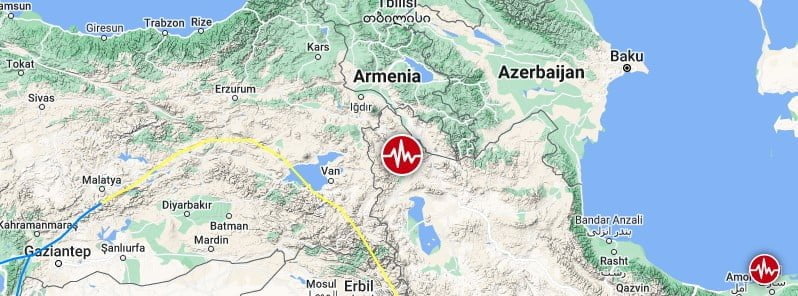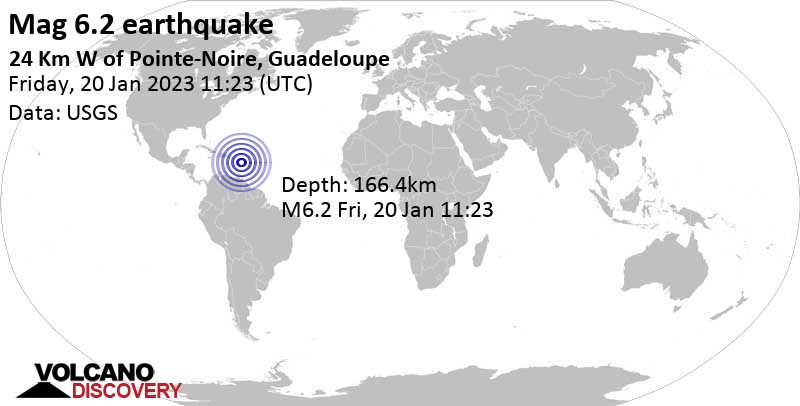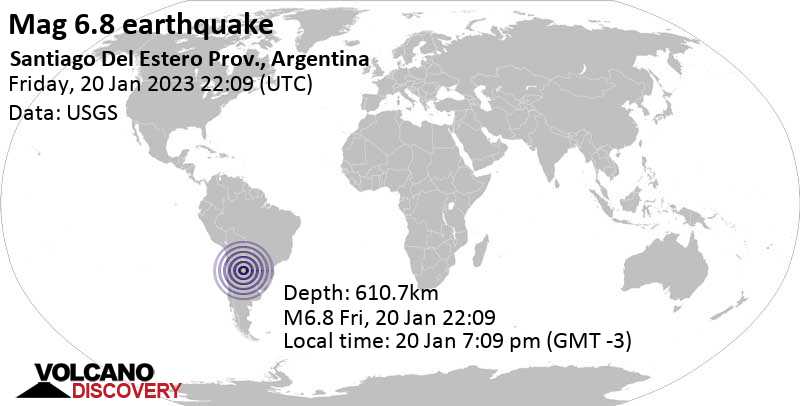Strong and deep earthquake again in Izu Islands, Japan region. 352 km (219 mi) NW of Futami (pop: 897) Philippine Sea, Japan, on Monday, Jan 16, 2023 at 1:49 local time
Fluctuation over the Bonin Islands appeared 5 days ago.
● Update
● Earthquake Forecast: Potential for stronger seismic activity in or near the purple band 1-2 days. This is an estimate. Other regions are not excluded. SSGEOS
Warning of possible strong seismic activity on the west coast of Canada, U.S. and Mexico
Analysis revealed that both great earthquakes had planetary conjunctions associated with them. In all cases, Mercury, Venus, Mars and one or more outer planets were involved.
The specific geometry between celestial bodies that is associated with larger earthquakes is generally referred to as "critical planetary geometry" and "critical lunar geometry" if the Moon is involved. However, critical geometry does not always result in larger earthquakes. Sometimes only some seismic increase is observed, up to about magnitude 6.0. Sometimes there seems to be no seismic increase at all. From this we conclude that the key is the condition of Earth's crust, i.e. the amount of stress between tectonic plates and whether or not a fault section has reached its strain budget. This would logically indicate a direct relationship between the build-up of stress in Earth's crust and electromagnetic charge from critical planetary geometry.
Based on our research, it appears that gravity is not responsible for larger earthquakes at the time of critical planetary and lunar geometry. The most likely force acting on Earth's crust at the time of critical geometry is electromagnetic. This could also explain the lightning in Earth's atmosphere prior to larger earthquakes, which could be the result of atmospheric forcing induced by electromagnetic charge from critical geometry between celestial bodies in the Solar System. Solar System Geometry Survey






